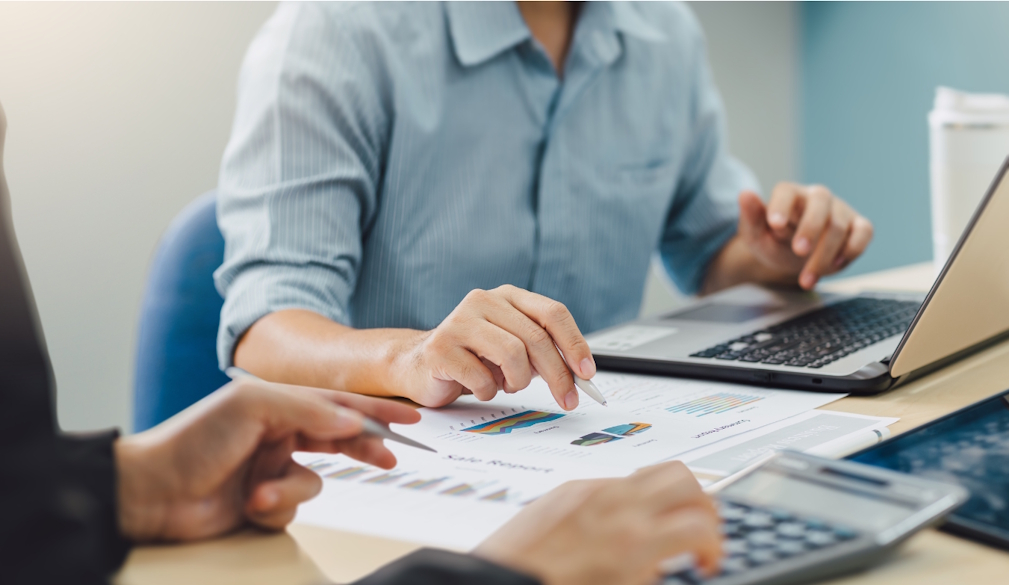Causes of Rising Water Bills and How to Address Them

Water conservation is essential for both the environment and financial prudence. With the increasing cost of living, water bills can quickly become burdensome. Indeed, many households face the challenge of understanding why their water expenses keep escalating. This article delves into the primary reasons behind rising water costs and offers practical solutions to reduce these expenses. Understanding and addressing water bill concerns can lead to substantial environmental and financial benefits.
Common Causes of Increasing Water Bills
Several factors contribute to the rising water bills that many face today. One of the most common culprits is leaky faucets and plumbing issues. Not only do these leaks waste a precious resource, but they also lead to unnecessarily high charges on your water bill. It's surprising how much water can be lost through a slow drip over time.
In addition to leaks, inefficient water usage practices within the home can significantly drive up costs. Whether it's running the dishwasher when it's only half full or taking excessively long showers, these habits waste more water than necessary.
Aging or malfunctioning appliances also play a role in increased water consumption. Older washing machines, toilets, and dishwashers tend to be less efficient, using more water than their modern counterparts.
Finally, changes in local water utility rates or seasonal increases can take homeowners by surprise, leaving them with higher bills than expected. Knowing these common causes of high water bills or water bill problems can help homeowners identify and tackle the issues.
How to Detect Water Leaks and Wastage
Detecting leaks is crucial in keeping your water bill under control. One straightforward method is to check your water meter. Turn off all water inside and outside your home, and then watch the meter. If the meter continues to move, it's a likely indication of a leak.
Within your plumbing system, certain signs can suggest potential leaks. Water stains on ceilings or walls, a musty odour, or a drop in water pressure can all suggest a problem that needs addressing.
Regular maintenance can prevent unnoticed water wastage. Conduct periodic checks and maintenance of your plumbing fixtures and appliances to ensure everything runs smoothly. Early detection is key in avoiding high costs, so when in doubt, bring in a professional to inspect your plumbing.
Optimising Water Usage at Home
Improving water efficiency at home starts with installing water-efficient fixtures and appliances. Modern low-flow toilets and showerheads can drastically cut down on water usage without compromising performance.
Simple practices can make a significant difference, too. Shortening showers, turning off the tap while brushing teeth, and only running dishwashers and washing machines with full loads can help reduce water consumption.
Consider collecting and reusing water for gardening, a technique that not only cuts water costs but also supports sustainable practices. Utilising rainwater barrels is a clever way to gather and repurpose nature's bounty. Similarly, employing water-efficient landscaping, or xeriscaping, minimises the need for supplemental water from irrigation.
How to Negotiate and Understand Your Water Bill
Navigating your water bill can sometimes feel a bit daunting, but understanding common charges can simplify this task. Your bill typically includes charges for water usage, sewer fees, and sometimes service charges. By keeping an eye on these components and matching them against your actual usage, discrepancies can be caught early.
If you suspect inaccuracies in your bill, take action immediately. Double-check your usage patterns first, then compare them with what's detailed on your bill. Should uncertainties persist, approach your water supplier for clarification or adjustments. Most providers are responsive and will address potential errors.
Implementing Long-term Solutions for Sustainable Water Use
Thinking long-term can lead to sustainable changes that consistently lower your water bill. Rainwater harvesting systems, for instance, are a practical way to capture and store rainwater for household use. This investment often pays off in reduced water expenses over time.
Community-based actions can also support sustainable water use. Participating in or promoting local water conservation initiatives encourages broader environmental responsibility and might put you in a good position to advocate for sustainable water policies in your community.
Moreover, investing in smart home technologies for real-time water usage monitoring gives homeowners more control over their expense. These systems alert you to unusual consumption patterns, helping you address waste proactively.
Educating household members is equally vital. By fostering an environment that values water conservation, families can collectively adopt efficient usage practices.
Conclusion
To wrap up, we've explored the primary causes of rising water bills, including leaks, inefficient practices, and malfunctioning appliances, alongside rising utility rates. Detecting and addressing these issues early can prevent unexpected financial burdens. By adopting strategies such as installing efficient appliances, altering usage habits, and investing in long-term solutions like rainwater harvesting, homeowners can manage their water expenses effectively. Taking proactive steps now can yield significant financial and environmental rewards. Remember, continuously learning and adapting water-saving techniques will ensure lasting benefits for both your wallet and the planet.









